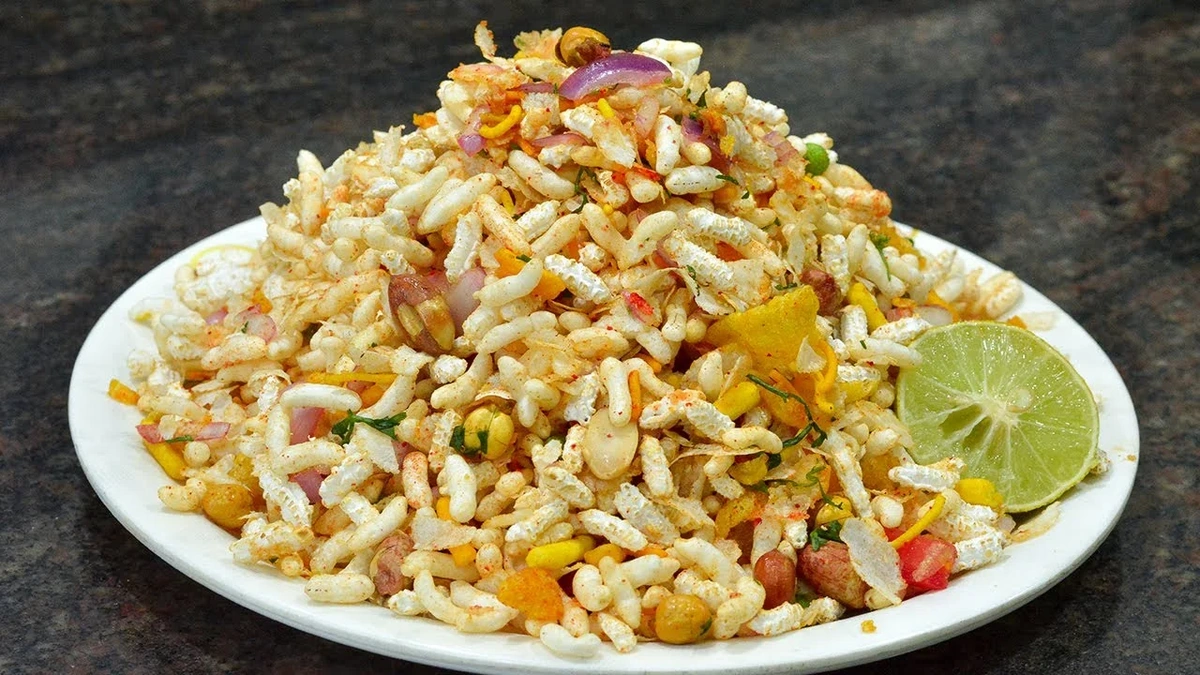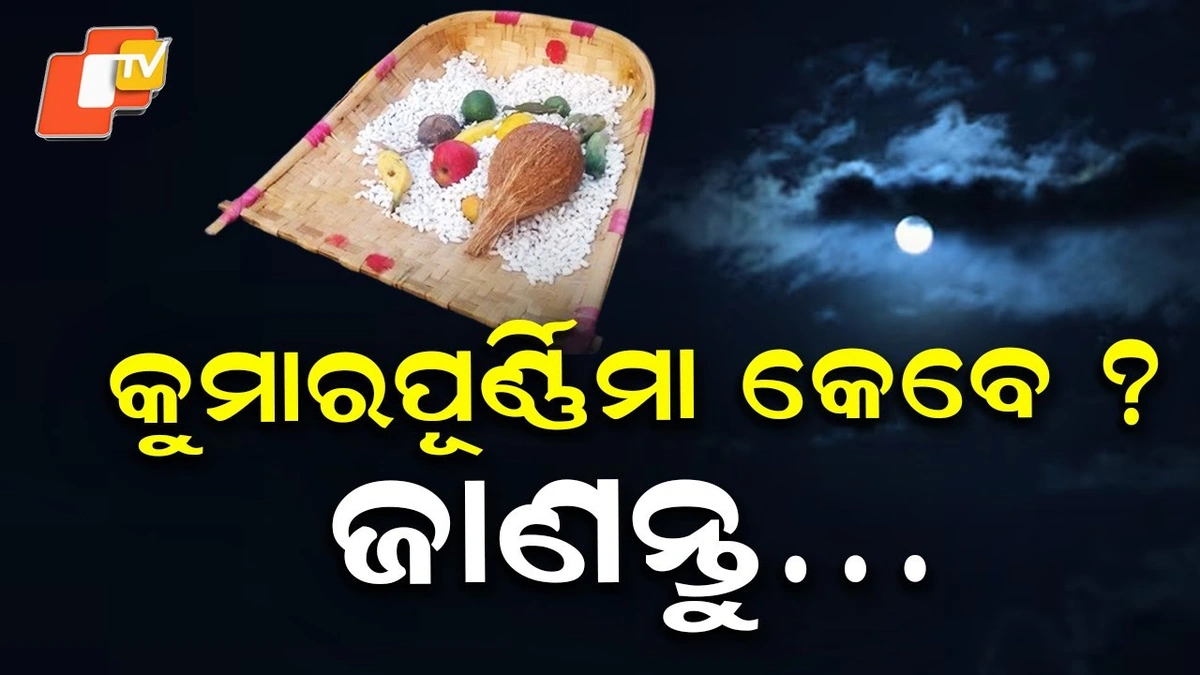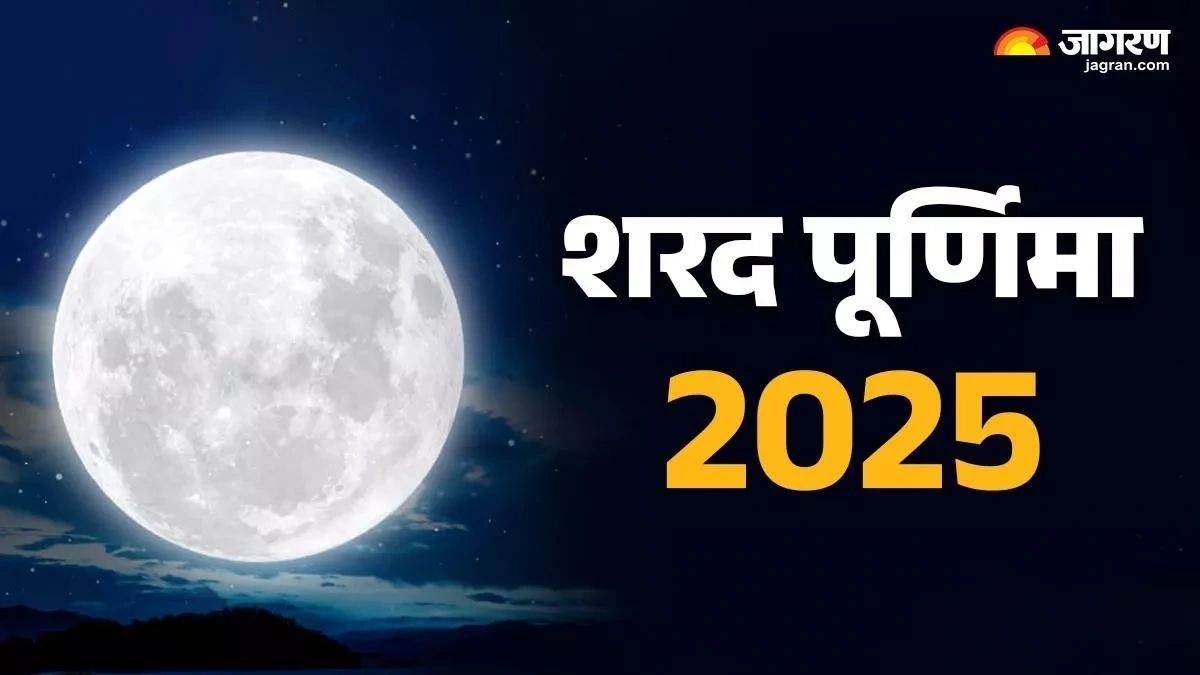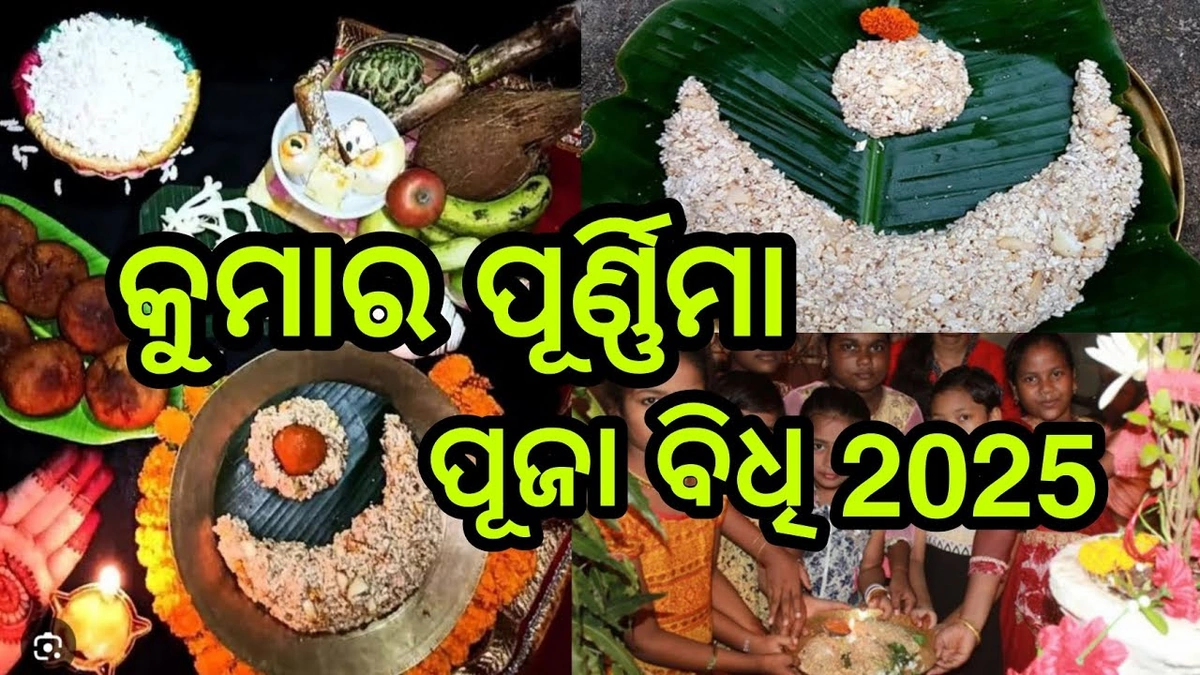The Untold Story of Bhel | More Than Just a Snack
Bhel . The very word conjures up images of crowded street corners, the clatter of steel bowls, and that explosion of flavors – sweet, spicy, tangy, crunchy – all at once. But bhel is more than just a snack; it’s a cultural icon, a historical artifact, and a testament to Indian ingenuity. Ever wondered how this beloved street food came to be? Well, buckle up, because the story of bhel puri is far more fascinating than you might think.
From Beaches to Bowls | The Origins of Bhel
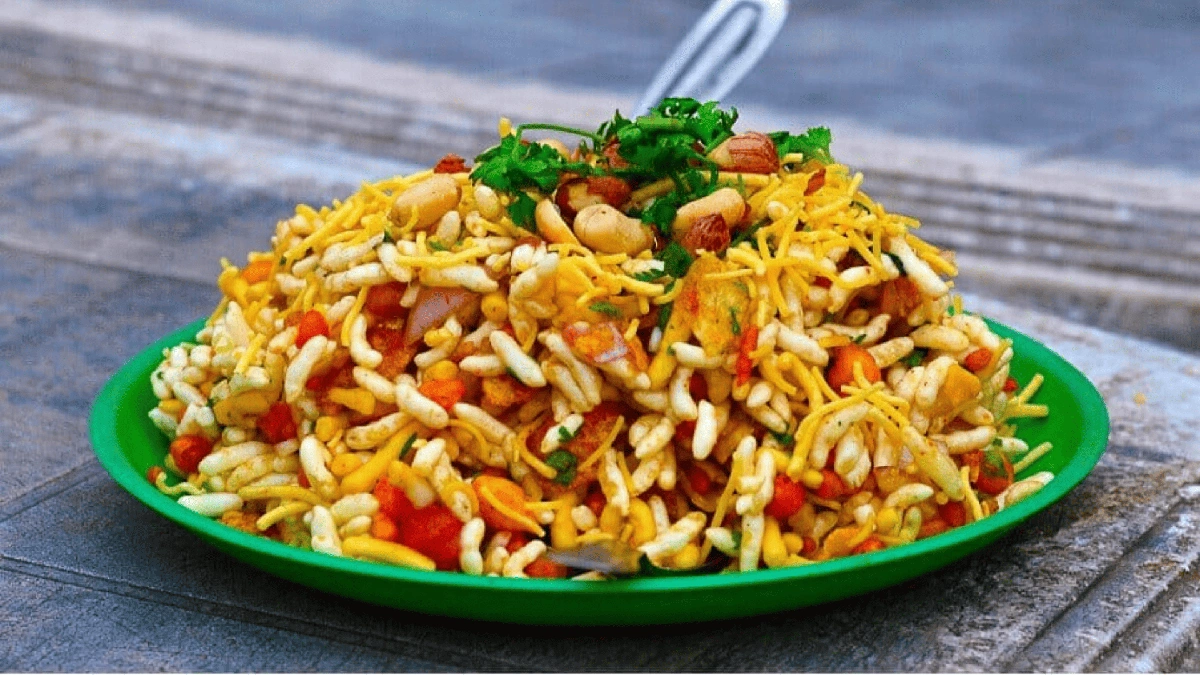
Now, most people associate bhel with Mumbai – and rightfully so. But the seeds of this delicious dish were sown much earlier, far from the bustling city. Here’s the thing: the concept of mixing puffed rice with various chutneys and spices likely existed in various forms across India for centuries. But the specific iteration we know and love as bhel puri? That can be traced back to the beaches of Gujarat, specifically the Kutch region.
Here’s why this matters: Gujarat has a long coastline and plenty of enterprising vendors. The availability of ingredients like puffed rice (murmura), sev (crispy chickpea noodles), and various chutneys, combined with a culture of innovation, created the perfect environment for bhel to evolve. And it makes sense, right? A light, portable, and flavorful snack that’s easy to eat on the go – perfect for a day at the beach.
It’s like this – a street vendor realizes puffed rice is cheap and plentiful. They add a few basic ingredients, and BOOM! A snack is born. Bhel recipe started evolving!
Mumbai’s Magic Touch | Bhel Takes Center Stage
So, how did bhel make its way from the beaches of Gujarat to the streets of Mumbai? That’s where the real magic happens. As people migrated to Mumbai for work and opportunities, they brought their culinary traditions with them. The Gujarati vendors, in particular, recognized the potential of the Mumbai market and adapted their bhel recipe to suit the local palate.
What fascinates me is how Mumbai transformed bhel. It wasn’t just a simple migration of a recipe; it was a complete makeover. New ingredients were added, flavor profiles were tweaked, and presentation was refined. The result was a bhel puri that was distinctly Mumbai – bold, vibrant, and utterly irresistible. You can easily find some of the best street food in India in Mumbai.
And let’s be honest, the location helped too. Think about it – the iconic beaches of Mumbai, the Gateway of India, the bustling train stations – these were all prime locations for bhel vendors to set up shop and attract hungry customers. The aroma of spicy bhel wafting through the air became synonymous with the Mumbai experience.
According to local food historians, the Shiv Sena party played a somewhat unexpected role in the popularization of bhel. In the 1960s and 70s, they actively promoted local businesses and vendors, including bhel sellers, as a way to assert regional identity and economic independence. This, combined with the existing popularity of the snack, helped solidify bhel’s place in Mumbai’s culinary landscape.
Beyond the Bowl | The Cultural Significance of Bhel
But bhel is more than just a delicious snack; it’s a symbol of Indian street food culture. It represents the spirit of innovation, the resourcefulness of street vendors, and the ability of food to bring people together. Think about it – how many times have you shared a plate of bhel with friends or family? It’s a communal experience, a shared moment of joy and connection. What intrigues me is the regional variations of bhel .
And that’s the beauty of bhel – it’s constantly evolving. From the classic Mumbai-style bhel puri to the spicier Kolkata-style jhalmuri, each region has its own unique take on this beloved snack. It’s a testament to the diversity of Indian cuisine and the adaptability of its culinary traditions.
So, the next time you’re enjoying a plate of bhel, take a moment to appreciate its history, its cultural significance, and the incredible journey it has taken from the beaches of Gujarat to the streets of Mumbai and beyond. Because best bhel is one that brings people together.
I initially thought this was just about a simple snack, but then I realized it’s a reflection of our culture. Let me rephrase that for clarity: Bhel is not just food; it’s a story in every bite.
Making Bhel at Home | A Guide
Want to recreate the magic of street-style bhel in your own kitchen? Here’s a simple guide:
- Gather your ingredients: puffed rice (murmura), sev (fine chickpea noodles), chopped onions, tomatoes, potatoes (optional), green chilies (optional), coriander leaves, and a variety of chutneys (tamarind, coriander-mint, and garlic).
- In a large bowl, combine the puffed rice, sev, onions, tomatoes, and potatoes (if using).
- Add the chutneys, starting with a small amount and adjusting to your taste. Remember, you can always add more, but you can’t take it away!
- Mix everything thoroughly until all the ingredients are evenly coated with the chutneys.
- Garnish with chopped coriander leaves and serve immediately.
A common mistake I see people make is adding the chutneys too early. This can make the puffed rice soggy. It’s best to add the chutneys just before serving to maintain the crunchiness of the bhel.
But remember, the beauty of bhel is that there are no hard and fast rules. Feel free to experiment with different ingredients and flavors to create your own unique version. A friend of mine even adds a sprinkle of chaat masala for an extra kick. The options are endless!
The one thing you absolutely must double-check is the quality of your ingredients. Fresh, high-quality ingredients will make all the difference in the final taste of your bhel. Always use freshly made chutneys and crisp sev for the best results.
Now you can make homemade bhel puri with this guide. You can also find some more recipes on trending events .
FAQ About Bhel
Frequently Asked Questions
What if my bhel gets soggy?
The key is to add the chutneys just before serving. If it does get soggy, try adding a bit more sev to absorb the moisture.
Can I make bhel ahead of time?
It’s best to prepare the ingredients separately and mix them just before serving to prevent the bhel from getting soggy.
What are some variations of bhel?
There are many variations, including Sukha Bhel (dry bhel), Dahi Bhel (with yogurt), and Sev Puri (with flat puris).
Where can I find the best bhel in Mumbai?
That’s a matter of personal preference! But some popular spots include Girgaum Chowpatty, Juhu Beach, and Elco Pani Puri Centre.
According to street food experts, the best way to find the best bhel is to simply follow your nose. The vendor with the freshest ingredients and the most customers is usually a good bet!
Ultimately, the story of bhel is a reminder that sometimes the simplest things in life are the most satisfying. It’s a celebration of flavors, textures, and the unique culinary heritage of India.
